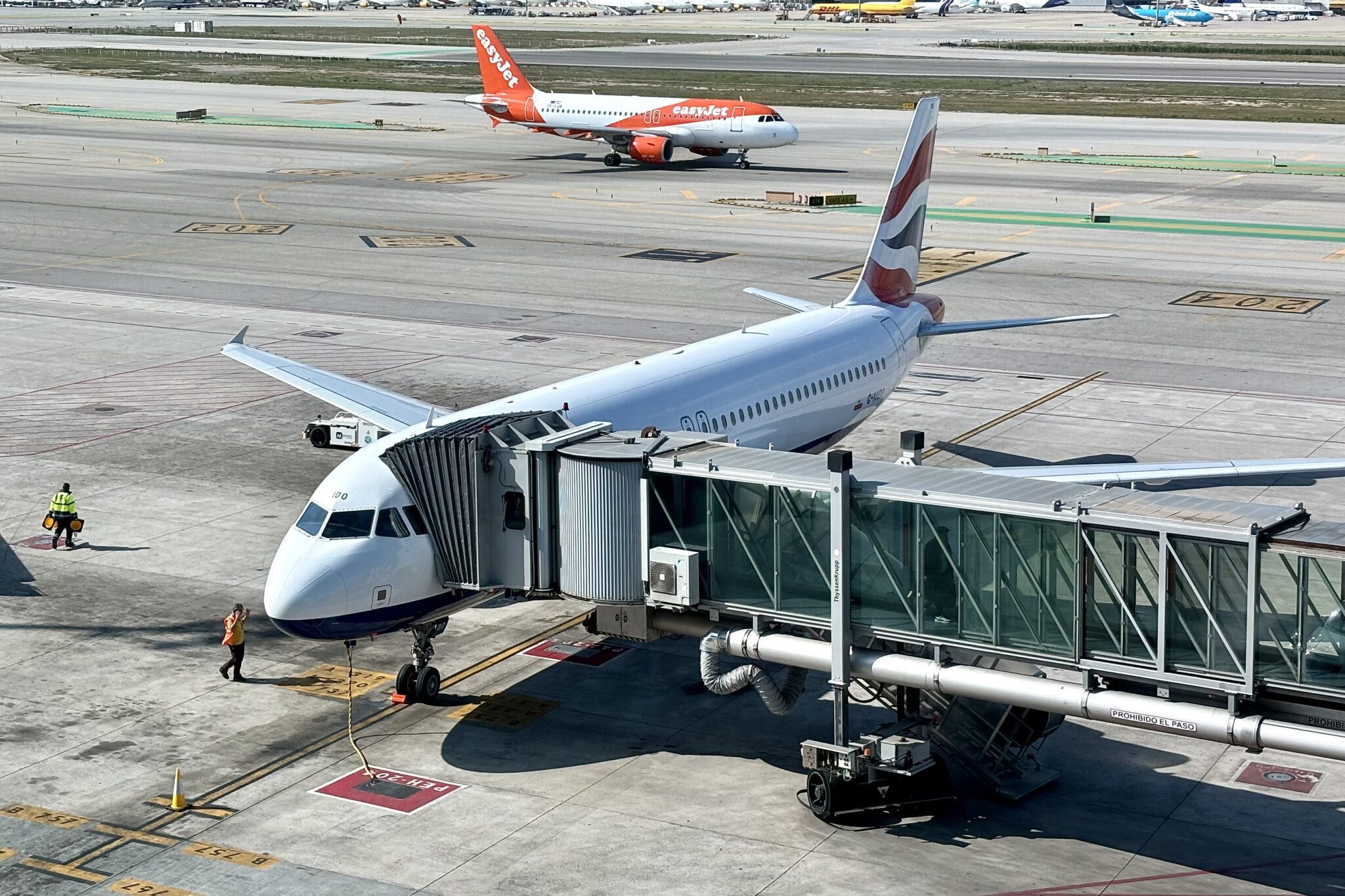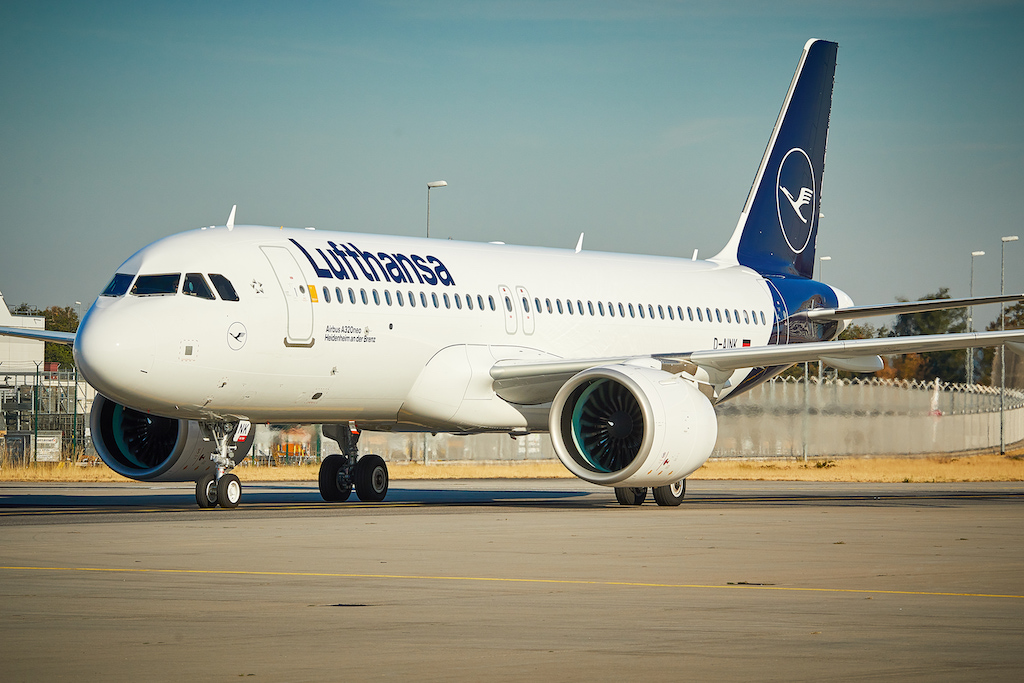Alaska Airlines said it is shopping around to replace the Airbus A320-family jets it inherited from Virgin America. The historically all-Boeing carrier said it is in talks with both airframers for a possible replacement.
Alaska assumed the mainly leased Virgin America fleet of 61 aircraft in 2016 when the two companies merged. The sub-fleet to Alaska’s Boeing 737 mainline fleet always was an awkward fit, analysts said, and Alaska over the years swapped A320s out for B737s on many legacy Virgin America transcon routes.
When the pandemic hit, Alaska parked 177 of its 329 aircraft. Since then, it has brought 100 aircraft back into service. The company will permanently retire 10 A320s earlier than it had planned, it said in a filing with the Securities and Exchange Commission on Oct. 1.
The carrier is “very anxious” to “get out of some of these pretty onerous leases that we have on the A320s and get into a better aircraft or much better leases for us,” Chief Financial Officer Shane Tackett said on the company’s third-quarter earnings call Thursday. “It’s a couple or 3 years still to fully see its way through.”‘
“We love all of our airplanes, but the A319s and the A320s are uneconomic relative to others,” added Nathaniel Pieper, senior vice president of fleet, finances, and alliances. “It’s a logical time as we’re resizing our fleet, getting into best match demand to really figure out how do we get the best economic aircraft on the field.”
“With the A320s, you can either shrink that suite, we can extend leases or we can replace them with something better,” Pieper added.
But executives were coy about which airframer, Boeing or Airbus, would get any future order. Alaska is in talks with both airframers and with lessors, Pieper said. “No surprise, [Tackett] and I have a lot of friends these days on the phone,” Pieper said. “And I think what we’re looking for is the right set of opportunistic chances to come into play.”
In the meantime, Alaska, like many of it peers, is settling into a vastly smaller present. The carrier expects demand and capacity to stabilize to about 60% of last year’s level by the fourth quarter. The carrier’s daily cash burn fell from $13 million to $4 million. Alaska had anticipated achieving breakeven daily cash burn by the end of the year, but it now expects that to slip, as it adds more capacity back in its Seattle hub. Alaska also is continuing to block middle seats until early next year, so it can only sell two-thirds of its available seats, Tackett said.
Alaska reported a third-quarter loss of $400 million on revenues of $701 million, down 71% from last year. Like its peers, Alaska has reduced its headcount, with more than 4,000 employees taking voluntary long-term leaves of absence or separation.





